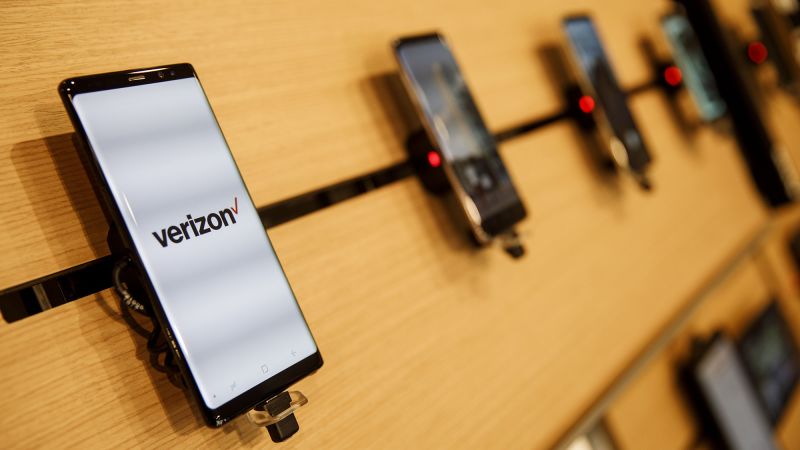Monday is the last day for some Verizon customers to apply for a refund as part of a $100 million settlement from a class-action lawsuit.
Earlier this year, the wireless carrier sent an email or postcard to eligible customers alerting them to file a claim by April 15 to receive up to $100, which is the result of the lawsuit accusing Verizon of charging fees that were “unfair and not adequately disclosed.”
Those who are interested in filing a claim have until 11:59 p.m. PT on a special website, where they will have to fill out a form with the required information, including the phone number attached to the Verizon account and an option on how to receive the money, such as a check, Venmo or bank wire.
The payout is at least $15 and might be more depending on how long the customer used Verizon and the number of customers who file a claim. A claim must be filed to receive the payout and only customers with postpaid wireless accounts or data plans from January 1, 2016, to November 8, 2023, are eligible.
At issue is Verizon’s “administrative charge,” which the plaintiffs said were “misleading” because that fee wasn’t disclosed in their plan’s advertised monthly price and were charged in a “deceptive and unfair manner.”
Verizon has denied the claims and said in a previous statement that it “clearly identifies and describes its wireless consumer admin charge multiple times during the sales transaction, as well as in its marketing, contracts and billing.”
A company spokesperson said the charge “helps our company recover certain regulatory compliance and network related costs.”
The settlement was a culmination of four different lawsuits brought together in a New Jersey court, that same state where Verizon is headquartered.
So-called “junk fees” are not only derided by consumers but have also attracted the ire of the Biden administration. Last October, the Federal Trade Commission unveiled a proposed rule that would ban businesses from charging hidden or misleading fees and require companies to show full prices upfront.
Read the full article here




